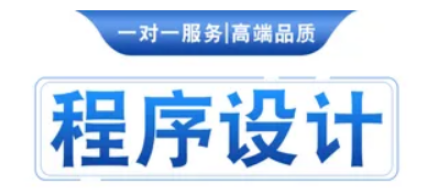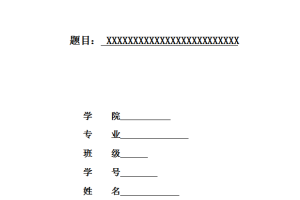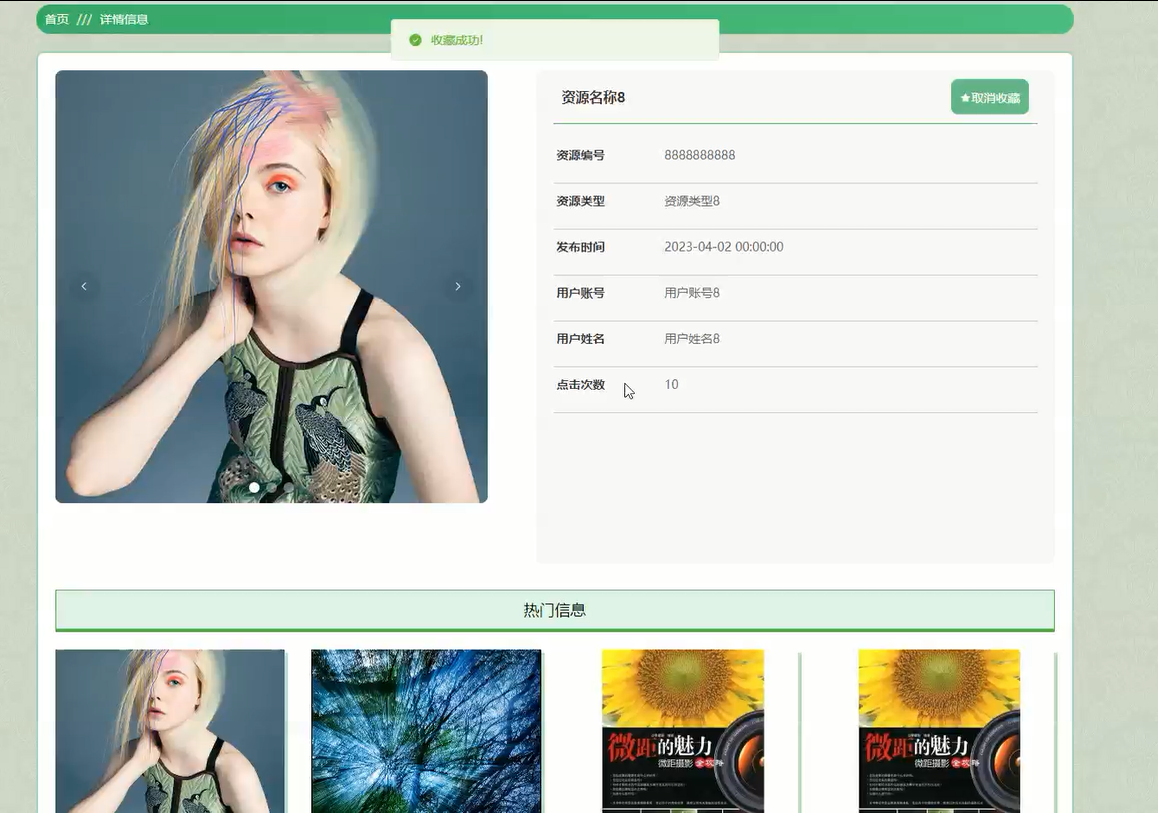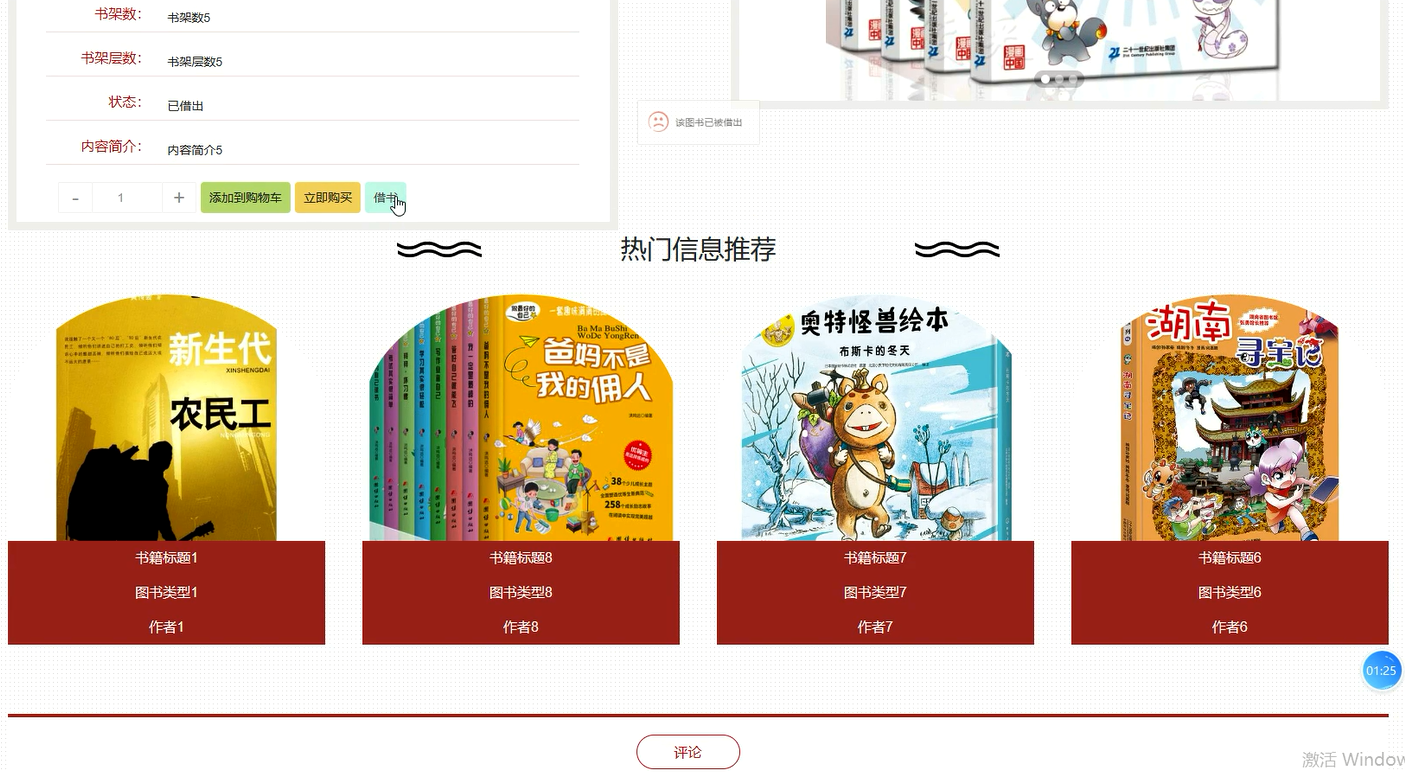Contents
1.1 Peter Newmark’s approaches to translation. 7
1.1.2 Semantic translation and communicative translation. 8
1.2.1 Legal document and its translation. 11
1.2.2 The WTO document and its translation. 11
2.1.2 Semi-technical words. 16
2.4 Adjectives and adverbs. 21
3.1.1 Which one is the real headword?. 24
3.1.2 Attribute or adverb?. 26
3.1.3 Predicate or attribute?. 26
3.1.4 Infinitive or attribute?. 27
3.2.1 Scope of modification. 28
3.2.2 Adverbial or object?. 29
3.3.1 Which is the real object?. 31
4.1.1 Collocation problems. 35
内容提要
从1995年世界贸易组织成立到现在,有关WTO的法律文献已有很多。在许多高质量的中文译文不断问世的同时,由于种种原因,其中文翻译中也存在一些问题。对于WTO文献翻译这个问题之前已经有很多学者研究过。他们中有些是从WTO文献翻译的特点出发,有些是从某个特定的角度进行研究。
本文作者比较研究《乌拉圭回合多边贸易谈判结果》的两个中文译文后,从不同角度分析两者的差异,并试图寻找一种最佳的翻译。由于所涉文献及其两个中文版本已出版多年,因此研究的目的并不在于评判所涉译文的优劣,而是希望通过比较研究找出一些WTO文献翻译中普遍存在的问题,包括一些权威版本中存在的问题,从而对今后翻译中可能会碰到的问题起一个抛砖引玉的作用。
本文采用比较分析的研究方法,从多个角度分析问题。对所涉问题有一个比较全面的研究。
本文共分四章:
第一章为理论部分,主要运用了彼得·纽马克的翻译理论。第二章到第四章是具体分析。第二章从词汇翻译层面出发,第三章从句段翻译层面出发,第四章从语法逻辑和修辞层面出发分别罗列了一些翻译中出现的问题。通过讨论和比较得出一个较为得体的翻译。
当然,本文只是管中窥豹,有更多的问题有待进一步的发现和验证。
Abstract
Boundless of WTO documents have come into existence since the establishment of the World Trade Organization. However, a number of problems occur in their translation correspondingly. Studies have been conducted on the issue of WTO document translation, among which are researches of the features as well as analysis from some specific angles.
This paper puts its focus on the two Chinese versions of The Results of the Uruguay Round of Multilateral Trade Negotiations, aiming to find out the better one through a comparative study. Since this document has come into effect and been published for quite a long time, it would not be the purpose here to have any comment on these two versions. Anyway the author of this paper does hope to point out some possible mistakes incurred in the WTO translation even in the authorized versions and make my due contribution to the later work of WTO translation.
The whole paper is based on a comparative study and ample of examples, which make the analysis thorough and comprehensive. There are totally four chapters, which are as follows:
Chapter One contains the translation theory of Peter Newmark, namely semantic and communicative translations. Specific analysis is from Chapter Two through Chapter Four. They are about the translation problems of the words, sentences, grammar and logic respectively. The discussion following each example will make the conclusion clear.
Anyway the examples and problems quoted here are only tip of the iceberg. There is still a long way to go in the field of WTO document translation.





